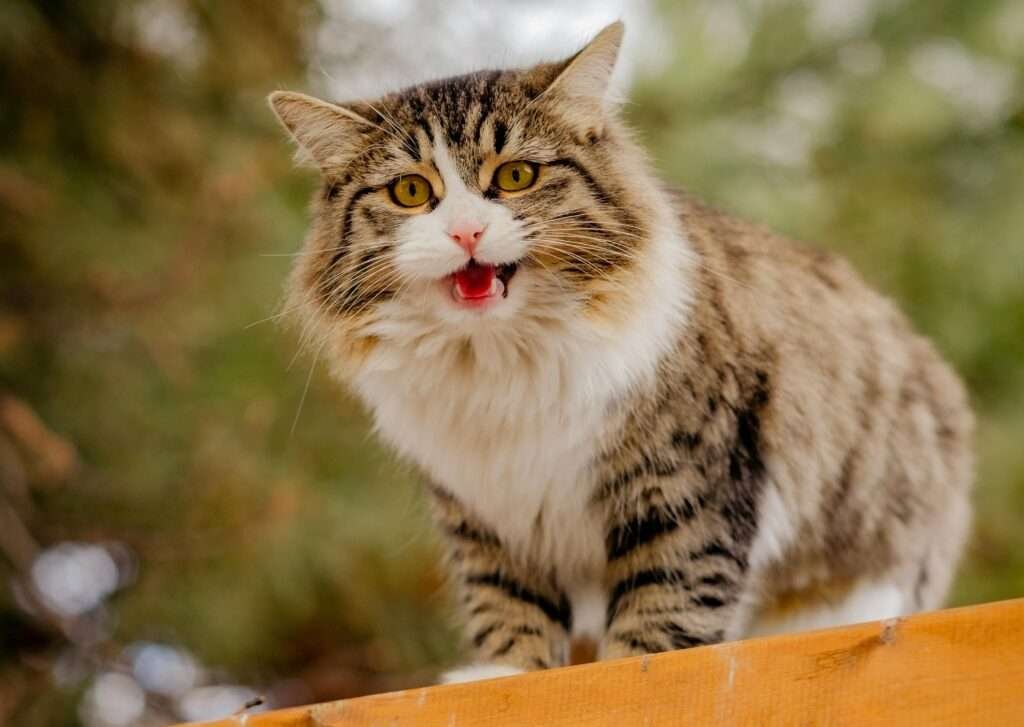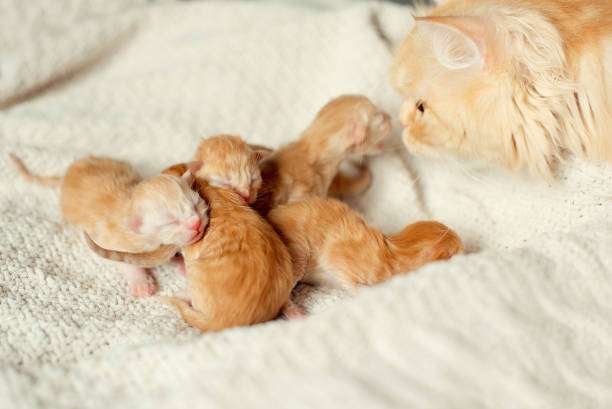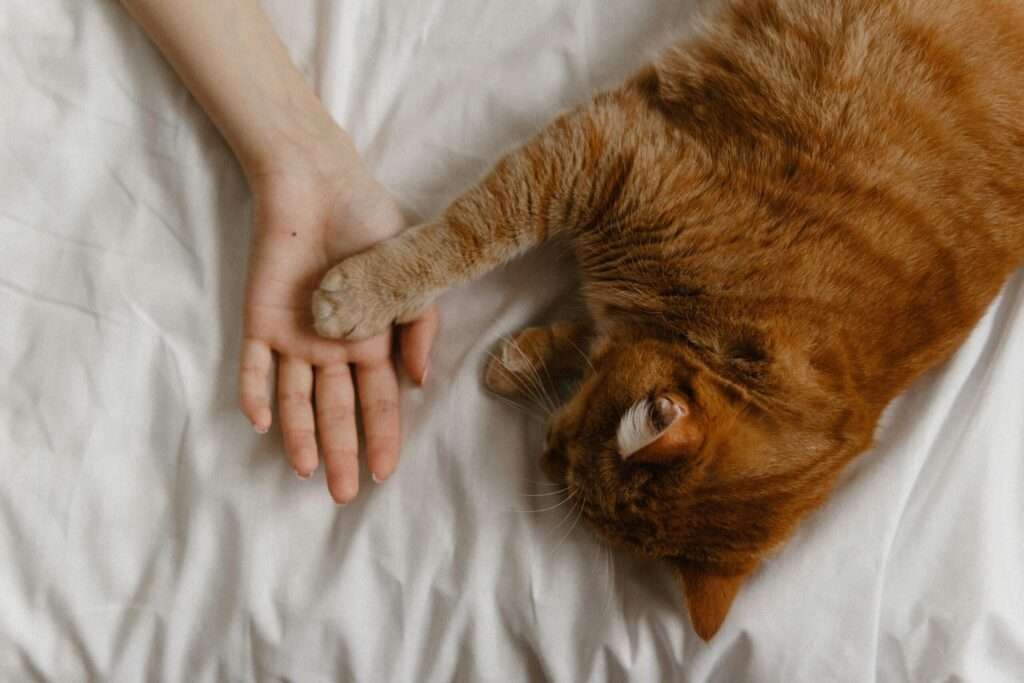Cats are fascinating creatures with a rich array of vocalizations that they use to communicate with humans and other animals. Understanding these sounds can greatly enhance the bond you share with your feline friend. In this article, we will explore the different types of cat vocalizations, their meanings, and how you can interpret them to better understand your cat’s needs and emotions.
Table of Contents
ToggleThe Meow: A Unique Human-Cat Communication
The most well-known and common vocalization of cats is the meow. Kittens meow to their mothers to express hunger or discomfort. As cats mature, they stop meowing to other cats and reserve this sound solely for communicating with humans. This behavior is unique to domestic cats, suggesting that they have adapted their communication to better interact with us.
Adult cats meow for various reasons. They may meow to ask for food, to seek attention, or to express discomfort or illness. The tone, pitch, and frequency of the meow can convey different messages. A short, high-pitched meow might indicate a greeting, while a long, drawn-out meow could signal demand or complaint. Understanding the nuances of your cat’s meow can help you respond more appropriately to their needs.

The Purr: More Than Just Contentment
Purring is often associated with a cat being content and happy. Cats purr when they are relaxed, such as when they are being petted or cuddled. However, purring can also occur in other, less obvious situations. Cats may purr when they are frightened, in pain, or even during intense moments of concentration.
The act of purring involves a complex set of neural oscillators in a cat’s brain. The vibration frequency of a cat’s purr, which ranges between 25 and 150 Hertz, is known to promote healing and reduce pain. This might explain why injured or sick cats often purr, as it may help them recover more quickly. Understanding that purring can have multiple meanings is crucial in accurately interpreting your cat’s emotional state.
The Trill: A Pleasant Invitation
Trilling, also known as chirping, is a sound that cats make with their mouths closed. It is a high-pitched, repetitive noise often used by mother cats to call their kittens. Adult cats also trill to greet their owners or other cats, signaling a friendly and positive interaction.
Trilling can be thought of as an invitation or a call to follow. It is typically a sign of excitement and affection. When your cat trills at you, they are likely happy to see you and might be inviting you to play or follow them to their food bowl or favorite spot. Recognizing and responding to this pleasant sound can strengthen your bond with your cat.
The Chatter: Predatory Excitement
Chattering is a sound that cats make when they are watching birds or other potential prey from a window. It is a rapid, clicking noise that can seem unusual and intriguing. This behavior is believed to stem from a cat’s predatory instincts.
Some theories suggest that chattering may be an attempt by cats to mimic the calls of birds, hoping to lure them closer. However, this idea is debated among experts. More commonly, chattering is thought to be a result of predatory excitement and frustration. Cats become so focused and stimulated by the sight of prey that they produce this distinctive sound. Understanding this behavior can provide insight into your cat’s natural instincts and desires.
The Caterwaul: A Mating Call
The caterwaul is a loud, wailing sound typically made by female cats in heat. It is a distinctive and persistent noise designed to attract male cats. This vocalization can be quite disruptive and is often accompanied by other behaviors associated with the mating cycle, such as increased affection or restlessness.
If you hear a caterwaul from your cat, it is a clear sign that she is in heat and looking for a mate. Neutering or spaying your cat can prevent this behavior and contribute to better overall health and well-being. It also helps reduce the population of unwanted cats, addressing a significant issue in many communities.
The Hiss: A Clear Warning
Hissing is a defensive sound that cats make when they feel threatened or scared. It is a sharp, sibilant noise meant to warn off potential threats. A hissing cat is indicating that they are uncomfortable and ready to defend themselves if necessary.
Hissing is often accompanied by other defensive body language, such as arched back, puffed-up fur, and flattened ears. This sound is a clear signal to give your cat space and avoid further provoking them. Understanding the hiss can help you recognize when your cat feels threatened and needs to be left alone.
The Yowl: A Sign of Distress
Yowling is a loud, drawn-out vocalization that can indicate various forms of distress. Cats may yowl when they are in pain, feeling threatened, or experiencing territorial disputes. This sound is more intense and urgent than a meow, signaling that something is seriously wrong.
Yowling can also be a sign of cognitive decline in older cats, especially if it occurs at night when the lights are out. Cats with dementia may become disoriented and yowl as a way of expressing their confusion and distress. If your cat yowls frequently, it is essential to observe the context and consult a veterinarian to rule out any underlying health issues.
The Growl: A Sound of Aggression
Growling is a low, rumbling sound that cats make when they are feeling aggressive or threatened. It is a clear warning to stay away and can precede more aggressive behaviors, such as scratching or biting. A growling cat is serious about its warning, and it is crucial to respect their space and avoid escalating the situation.
Growling is often a precursor to hissing and other defensive sounds. Understanding this vocalization can help you recognize when your cat is highly agitated and take appropriate steps to calm them down or remove the source of their discomfort.

Understanding Your Cat’s Unique Language
Each cat has a unique way of using vocalizations to communicate, influenced by their individual experiences and environment. Some cats may develop specific sounds or behaviors based on their upbringing, such as bottle-fed kittens who rely heavily on humans for their development.
Observing your cat’s vocalizations in different contexts is key to understanding their specific needs and emotions. Pay attention to the situations in which your cat uses certain sounds and how they respond to your actions. This observational approach will help you decode your cat’s language and foster a deeper, more empathetic relationship with your feline companion.
To bring everything together, cats have a rich and varied language that they use to communicate with us. By understanding and interpreting their vocalizations, we can respond more appropriately to their needs and build a stronger bond with our furry friends. Whether it’s a meow, purr, trill, or hiss, each sound carries a message that, when understood, can lead to a more fulfilling and harmonious relationship between you and your cat.



